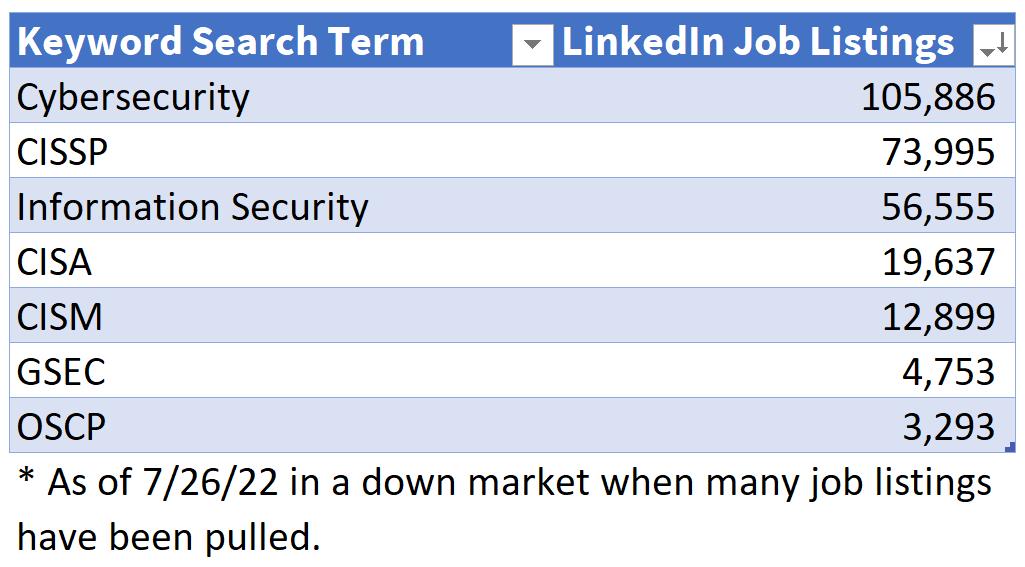Tags: NIST; Quantum-Resistant Cryptographic
Algorithms
Source: NIST
Announces First Four Quantum-Resistant Cryptographic Algorithms | NIST
Big news in the standards world!
Why do I care?
Taken from a different
blog, this is why quantum resistant cryptographic algorithms are important
today:
“Rather than breaking an entire
class of encryption in total and all at the same time, an adversary would have
to collect that encrypted information and then apply the quantum capability
against that single session of communication, break that, and then move to the
next one.
We don’t anticipate talking about
your personal bank accounts at first, but rather very valuable information that
will be worth the expense of using those first cryptographically capable
quantum machines, national security information as an example. That's why, even
though there's not a cryptographically relevant quantum machine now, we
need to be preparing now so that even the data we have today is quantum proof
tomorrow.”
What just happened?
Synopsis…
NIST Announces First Four Quantum-Resistant Cryptographic
Algorithms
Federal agency reveals the first group of winners from
its six-year competition
The algorithms are designed for two main tasks for which
encryption is typically used: general encryption, used to protect information
exchanged across a public network; and digital signatures, used for identity
authentication. All four of the algorithms were created by experts
collaborating from multiple countries and institutions.
For general encryption, used when we access
secure websites, NIST has selected the CRYSTALS-Kyber algorithm.
Among its advantages are comparatively small encryption keys that two parties
can exchange easily, as well as its speed of operation.
For digital signatures, often used when we need
to verify identities during a digital transaction or to sign a document
remotely, NIST has selected the three algorithms CRYSTALS-Dilithium, FALCON and SPHINCS+ (read as “Sphincs plus”).
Reviewers noted the high efficiency of the first two, and NIST recommends
CRYSTALS-Dilithium as the primary algorithm, with FALCON for applications that
need smaller signatures than Dilithium can provide. The third, SPHINCS+, is
somewhat larger and slower than the other two, but it is valuable as a backup
for one chief reason: It is based on a different math approach than all three
of NIST’s other selections.


